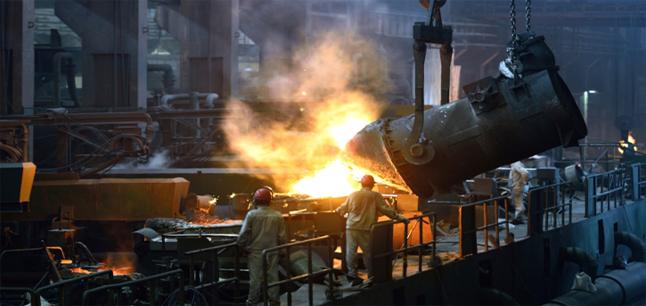
Post weld heat treatment refers to a type of heat treatment that is used mainly after welding. It is a common practice in industries as it helps in the adjustment of the mechanical properties of weldment. This article takes a look at why post weld heat treatment is important.
It relieves stress
Due to high thermal gradient, residual stress is a common occurrence during welding. The thermal cycle of the welding process means expansion will happen in some areas as a result of heat and localised contractions may also occur. The whole procedure brings about undesirable residual stresses. To reduce the level of stress, heat treatment is used. This involves baking of material by uniform heating at a specified temperature after which it is brought down to ambient temperature at a specific cooling rate.
It softens the weldment
Following welding, the material general gets harder. Excessive hardness renders the material useless in several applications. A heat treatment company will use post weld heat treatment to temper the hard heat affected zone. This will lead to strong protection while providing adequate resistance against brittle fracture while the material is in use.
It prevents stress corrosion cracking
General known as SCC, stress corrosion cracking occurs due to the intensification of present cracks in the material as a result of applied stress or load. This can be prevented using post weld heat treatment.
It allows ease of machining
Post weld heat treatment reduces degree of hardness. This allows welded components to be easily machined into requisite conditions. With softening of welded parts, machining, easy grinding and other surface treatments will be made possible.
It prevents brittle fracture
The major reason for post weld heat treatment is to improve the mechanical characteristics of weldment. This will make it useful for the service condition it was made for. When residual stress level and hardness have been addressed, the weldment will acquire a certain level of ductility. The level of ductility will increase the lifespan of the material used as well as its service conditions.
These are the main reasons why heat treatment is vital in welding. The technique is vital for the completion of many engineering processes as well as in the maintenance of the integrity of completed projects. This is why most engineering outfits work in tandem with top level heat treatment companies in all stages of engineering projects.

